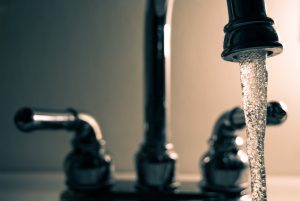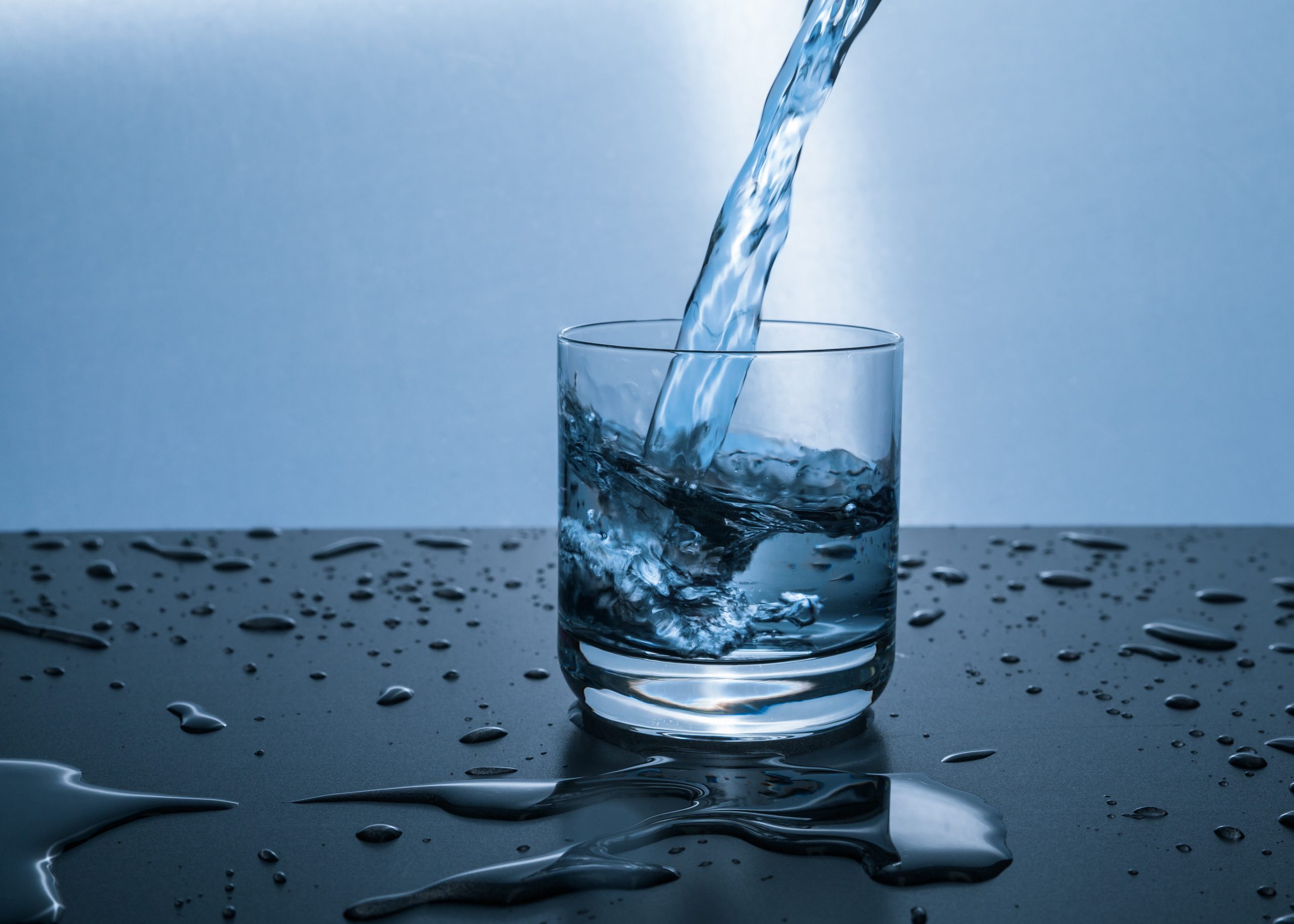Water is considered safe to drink when it is free of harmful chemicals, bacteria agents, and has no off-taste or smell. Unsafe drinking water can pose serious health risks and is associated with several diseases, including, but not restricted to hepatitis, cholera, dysentery, blue-baby syndrome, and typhoid.
While the developing world often does not have access to safe drinking water, advanced countries may also have problems in this area because your tap water might not meet the requirements to be classified as safe.
Before we tell you about some of the health risks involved, you should know how water reaches your tap.
Most homes have access to water either through rivers, lakes, or groundwater, especially if your home is near a body of water. The water passes through water-treatment plants.
There are basically 4 steps used by plants to purify the water.
- Coagulation and flocculation: The first step involves adding chemicals to the water. This combines with the dirt and other particles that form larger particles called floc.
- Sedimentation: Flock is heavy, so it needs to settle to the bottom.
- Filtration: The water then passes through filters to remove particles like dust, bacteria, viruses, and chemicals.
- Disinfection: Viruses and germs are killed by adding chlorine or chloramine.
Depending on where you live in the states, there are different challenges to produce clean water. For instance, old lead pipes tend to be a problem in the Northeast and Midwest sections of the states, nitrate affects the water in agricultural states, and saltier water exists in several Western states.
Tap Water and Health Risks

The quality of water doesn’t just differ from state to state, with some states fairing better than others, but will also differ from house to house. An ideal way to improve your tap water is to connect a water filtering system to your house’s mainline water pipe. A system that treats all the water coming through your pipes is called point-of-entry and cleans the water you drink, bathe with, cook with, and wash your clothes in, improving the quality of the water before it reaches your tap. The system also helps to treat hard water that can cause skin irritations, like eczema, or reduce water pressure because of the mineral deposits it can produce in pipes.
When we think of unsafe drinking water, developing countries usually come to mind, but no country is free from the potential of water becoming contaminated and rural areas are more at risk.
Here are 3 health risks that can affect your health and be potentially life-threatening if left untreated or if complications arise.
1. E. Coli
- Coli is short for Escherichia coli. E. Coli is one of the many types of bacteria that can enter the body through the intestines after consuming food or water. Its symptoms can include severe diarrhea that can be bloody or non-bloody, severe abdominal cramps, and fever. These symptoms may begin to show up two to five days after the initial infection. One of the problems of E. Coli is that you might not show any symptoms at all.
2. Dysentery
Dysentery is another waterborne disease. Its symptoms include severe diarrhea, fever, nausea, severe stomach cramps and pain, vomiting, and dehydration. Dysentery can come about because of parasites, bacteria, and viruses entering into water or food.
Although it doesn’t sound threatening, since everyone has had a case of diarrhea at one time or another, it causes dehydration which, when left untreated, can be fatal if the lost liquids in the body can’t be replaced fast enough. A mild case of dysentery can clear up within a few days by consuming fluids and resting. More severe cases need antibiotics, but there are some types of the disease that are resistant to antibiotics.
3. Blue Baby Syndrome
Contaminated water is a leading cause of this syndrome. Though it’s not a common disease in advanced countries, homes that are in remote, rural, or agriculture areas can be prone to this syndrome if the water is contaminated with nitrates.
As its name suggests, a baby’s skin can turn blue from a decreased amount of hemoglobin in the baby’s blood. What happens is the feeding formula for babies becomes mixed with nitrates in the water, mainly water taken from wells. Babies that are six months old or less are the most at risk and the illness can be fatal as it causes nitrate poisoning.
Industrialized countries do not face the same challenges as developing countries in access to clean tap water, but they do face a different set of challenges. Individual homes have different choices to purify the water used by the household. There are different ways to go about this, and having a unit to filter all the tap water in your house is likely your best option.

